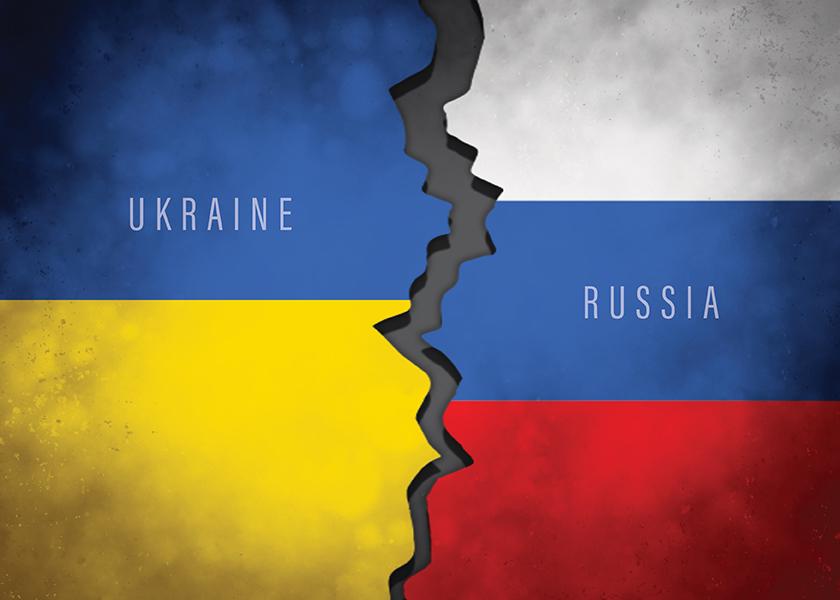White House Asks Congress for Additional $33 Billion in Aid for Ukraine

In a press release on Thursday, the White House announced the Biden administration is calling on Congress to provide additional resources overseas to “help ensure Ukraine’s democracy prevails over Putin’s aggression.”
The White House says continued bipartisan support in Congress is “vital” to Ukraine’s victory over Russia. To demonstrate commitment, the Administration plans to keep an uninterrupted flow of aid to address the food crisis.
In March, Congress dedicated roughly $7 billion to Ukraine’s cause, which the Biden administration claims to have depleted through weapons and ammunition, NATO defense, as well as humanitarian, economic and food security.
An additional $33 billion proposed by the White House to Congress today would be used to:
1. Increase security and military assistance in Ukraine—$20.4 billion
2. Strengthen Ukraine Security Assistance Initiative—$6 billion
3. Bolster the State Department’s Foreign Military Financing program—$4 billion
4. Improve humanitarian relief efforts in Ukraine—$3 billion
5. Additional funding to provide economic assistance to the Government of Ukraine—$8.5 billion
Humanitarian Needs
Wheat and flour are two main food supplies the U.S. will deliver to Ukraine if Congress approves the $33 billion.
"An additional $500 million in domestic food production assistance will support the production of U.S. food crops that are experiencing a global shortage due to the war in Ukraine, for example, wheat and soybeans,” the White House says. “Through higher loan rates and crop insurance incentives the request provides greater access to credit and lowers risk for farmers growing these food commodities, while lowering costs for American consumers."
According to the White House, these resources will impact the long-term outcome of NATO’s work to “deter and defend” against Russian forces.
Read more on Ukraine:
> Ukraine-Russia Tensions: What it Could Mean for Agriculture
> Ukrainian Farmers Don Bulletproof Vests to Plow Frontline Fields
> War in Ukraine: Risks and Opportunities for U.S. Farmers







